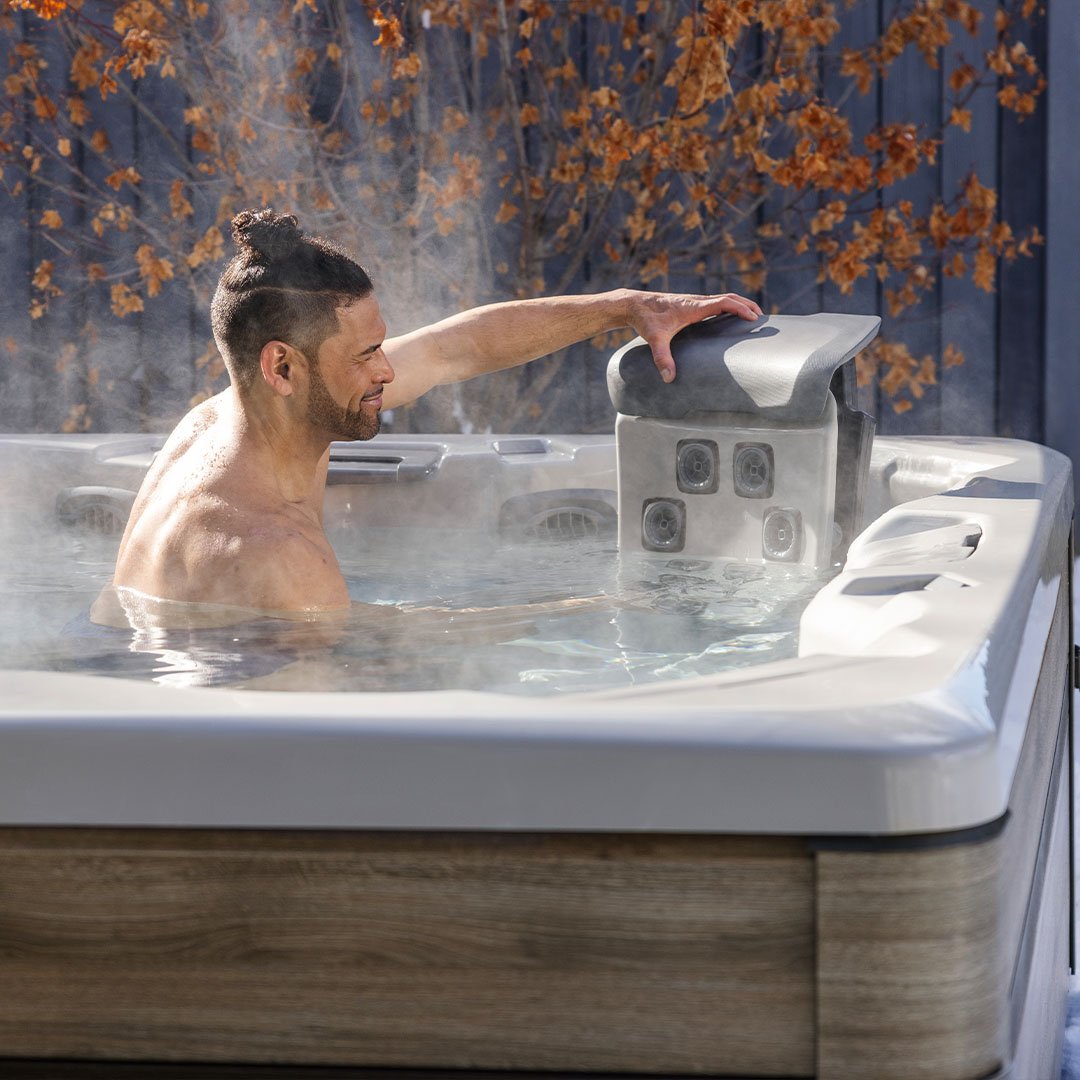6 Steps to Pool Care after a Rain Storm
Heavy rain can significantly impact your pool's water quality, chemistry, and clarity. Following a structured approach to pool care after a storm is crucial for maintaining its health and ensuring it's safe for swimming. Here's a comprehensive step-by-step guide to help you navigate post-storm pool maintenance effectively.
.png?width=1000&height=650&name=Blog%20Images%20(27).png)
Understanding the Impact of Rain on Your Pool
While a light drizzle is unlikely to have any noticeable effect on your pool, a significant downpour presents a different story. Excessive rainwater can lead to an overflow, diluting your pool's chemicals, lowering the pH balance, and affecting the total alkalinity. It can also wash in debris, pollutants, and pollen, compromising your pool's cleanliness and water chemistry.
Essential Steps for Post-Rain Pool Care
To navigate the aftermath of a storm and maintain your pool's condition, follow these optimized steps for efficient and effective pool care:
1. Assess and Remove Excess Water
Begin by removing any standing water from your pool cover using a submersible pump. Not only does this protect your cover, but it also prevents unwanted water from mixing into your pool. If your pool has overflowed, adjust the water level back to normal to maintain proper filtration and circulation.
2. Inspect and Repair Cover Damage
Examine your pool cover for any signs of damage such as rips or tears. Addressing these issues promptly can prevent further complications and ensure your cover continues to serve its protective role effectively.
3. Eliminate Debris
Utilize a skimmer to clear out leaves, twigs, and other debris that the storm may have deposited in your pool. This step is crucial for preventing clogs in your filtration system and maintaining water clarity.
4. Conduct a Comprehensive Water Test
Rainwater can significantly alter your pool's pH and alkalinity levels. Use a reliable test kit to check these parameters and adjust them as needed to ensure your pool water remains balanced and safe for swimming. Consider investing in digital test kits for more accurate readings.
5. Shock Your Pool if Necessary
If the rain has introduced a substantial amount of contaminants, a shock treatment may be necessary to restore clear and clean water. This process helps in eliminating bacteria and algae, ensuring your pool water is crystal clear and sanitized.
6. Review and Adjust Chemical Levels
After addressing the immediate effects of the rain, retest your pool's water to ensure all chemical levels are within the appropriate ranges. This may include adjusting chlorine, stabilizer, and alkalinity levels to their optimal concentrations.
Watson’s Commitment to Your Pool’s Health
At Watson's, we understand the importance of maintaining a healthy pool, especially after challenging weather conditions. We offer free water testing services; simply bring in a fresh pint-sized sample of your pool water to your local Watson's. Our experts will analyze the health of your water and provide personalized advice on the necessary care and maintenance steps.
-1.jpg?width=2500&name=C2009_Big_Memorial_Day_Event_Email_MultiFormat_PoolCare%20(1)-1.jpg)
Keeping Your Pool Perfect, Rain or Shine
Adhering to these steps after a rainstorm can significantly impact the quality and longevity of your pool's water and equipment. By promptly addressing any issues caused by heavy rainfall, you ensure your pool remains a safe, clean, and enjoyable environment for everyone.
For all your pool care needs, from chemicals and supplies to expert advice, trust Watson's to provide everything you need at the guaranteed lowest price in the USA. Explore our range and keep your pool in top condition, no matter the weather.
Topics: How to, Pool - Chemicals










